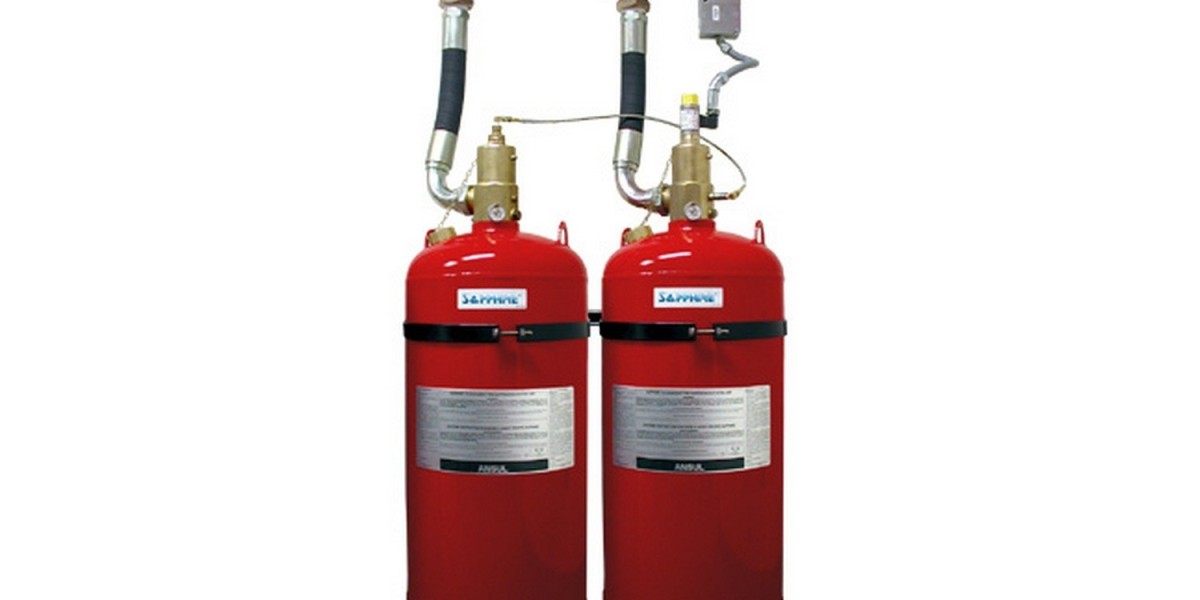Hydraulic systems are widely used in various industries such as manufacturing, construction, aviation, and transportation. However, these systems can pose a significant fire hazard if not properly monitored and protected. A failure in any component, such as a ruptured hose or leaking valve, can result in the release of flammable hydraulic fluids, which may ignite and lead to a catastrophic fire. Therefore, it is essential to implement an effective fire prevention system designed specifically for hydraulic systems. In this article, we will explore the key features to look for when selecting a fire prevention system for hydraulic systems.
Understanding the Fire Risks in Hydraulic Systems
Hydraulic systems typically operate under high pressure and involve fluids that can become highly flammable when they come into contact with a heat source or are atomized into a mist. The friction from moving parts, electrical sparks, or external factors such as welding operations can ignite hydraulic fluid, leading to a fire. Thus, choosing a fire prevention system that addresses these unique risks is crucial for safeguarding assets and human lives.
Automatic Detection and Suppression System
One of the most important features of a fire prevention system for hydraulic systems is automatic fire detection and suppression. These systems are designed to quickly identify the early stages of a fire and extinguish it before it can spread.
An automatic detection system often includes sensors that detect heat, smoke, or flame. Once a fire is detected, the suppression system activates immediately to extinguish the fire. In hydraulic systems, where a fire can escalate rapidly, an automatic response is crucial. Suppression agents such as water mist, dry chemicals, or foam are commonly used, as they are effective at containing and neutralizing hydraulic fires.
Real-Time Monitoring and Alerts
Real-time monitoring is another essential feature of a fire prevention system for hydraulic systems. The system should be able to constantly monitor the condition of hydraulic equipment and provide real-time alerts in case of any abnormal activity, such as fluid leaks or excessive temperature.
By using thermal sensors, pressure gauges, and fluid detection sensors, a fire prevention system can send notifications to operators about potential hazards before they develop into a fire. These early warnings can allow operators to shut down the system or take other preventive measures, thereby minimizing the risk of fire.
Fail-Safe Mechanisms
Fail-safe mechanisms are crucial for ensuring the system responds correctly even during equipment failure or power loss. In hydraulic systems, these can include shutoff valves that automatically cut off the flow of hydraulic fluid in the event of a failure or an emergency. This prevents further leakage and mitigates the risk of a fire.
Fail-safe systems should be capable of operating independently of the main power supply and should include backup power sources like batteries or pressure accumulators. This ensures that, even during an electrical failure, the fire prevention system remains functional.
Compatibility with Existing Systems
A fire prevention system should be compatible with the existing infrastructure of the hydraulic system. Seamless integration ensures that the fire suppression and detection components work in harmony with the hydraulic equipment. Many manufacturers provide fire prevention systems that can be tailored to fit the specific needs of various hydraulic systems, ensuring better performance and protection. This compatibility also extends to system scalability. As hydraulic systems grow or are modified, the fire prevention system should be able to adapt without requiring a complete overhaul.
Ease of Maintenance
A fire prevention system is only effective if it is properly maintained. Ease of maintenance is a feature that should not be overlooked. Regular inspection and maintenance ensure that the fire suppression system is ready to respond when needed. Look for systems that provide easy access to key components such as sensors, suppression tanks, and control panels. A user-friendly maintenance schedule should also be provided by the manufacturer to help operators keep the system in peak working condition.
Conclusion
Selecting the right fire prevention system for hydraulic systems requires careful consideration of various features. From automatic detection and suppression systems to fail-safe mechanisms and high-temperature resistant components, each feature plays a vital role in preventing hydraulic fires. Ensuring real-time monitoring, ease of maintenance, and adherence to safety standards will further enhance fire safety. By integrating these features, businesses can effectively protect their hydraulic systems from the potentially devastating impact of fires.










